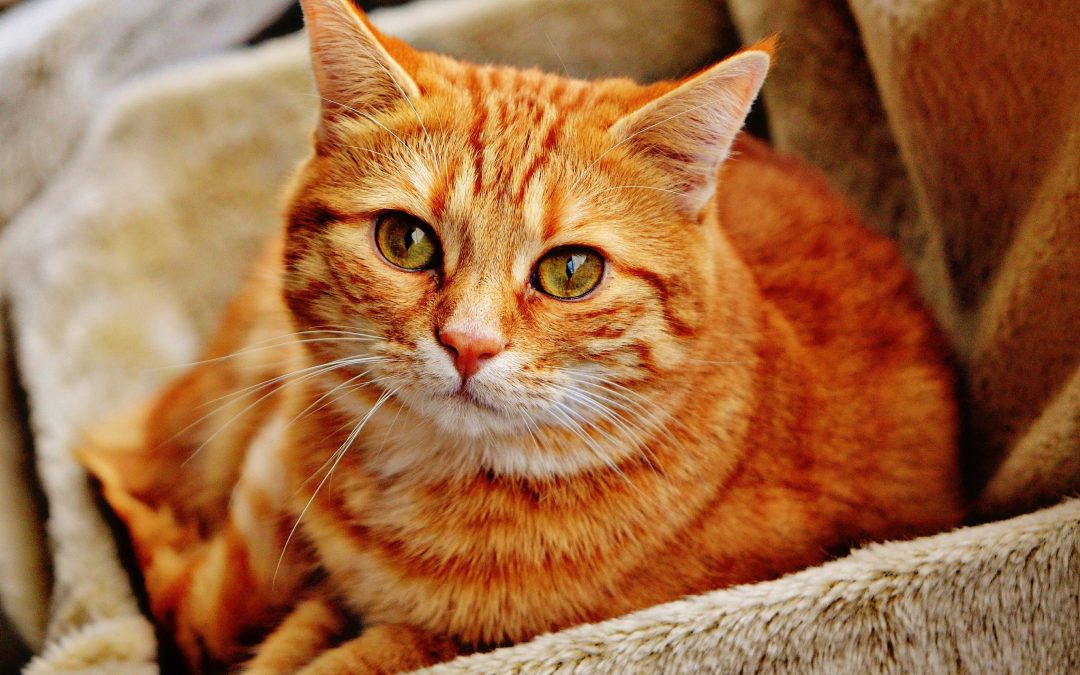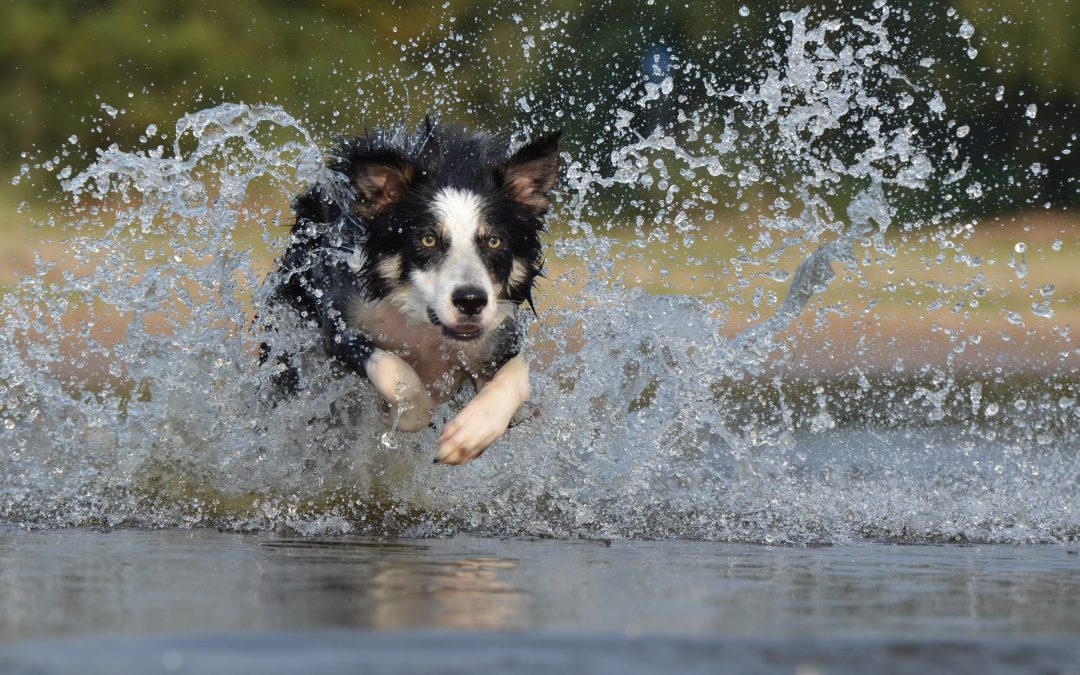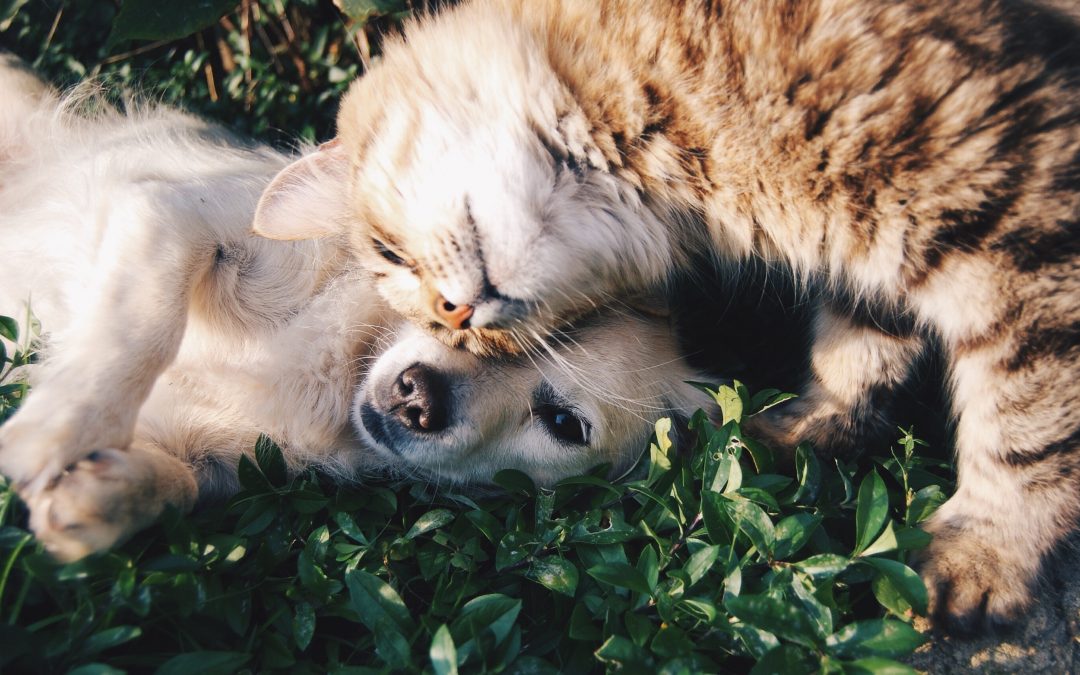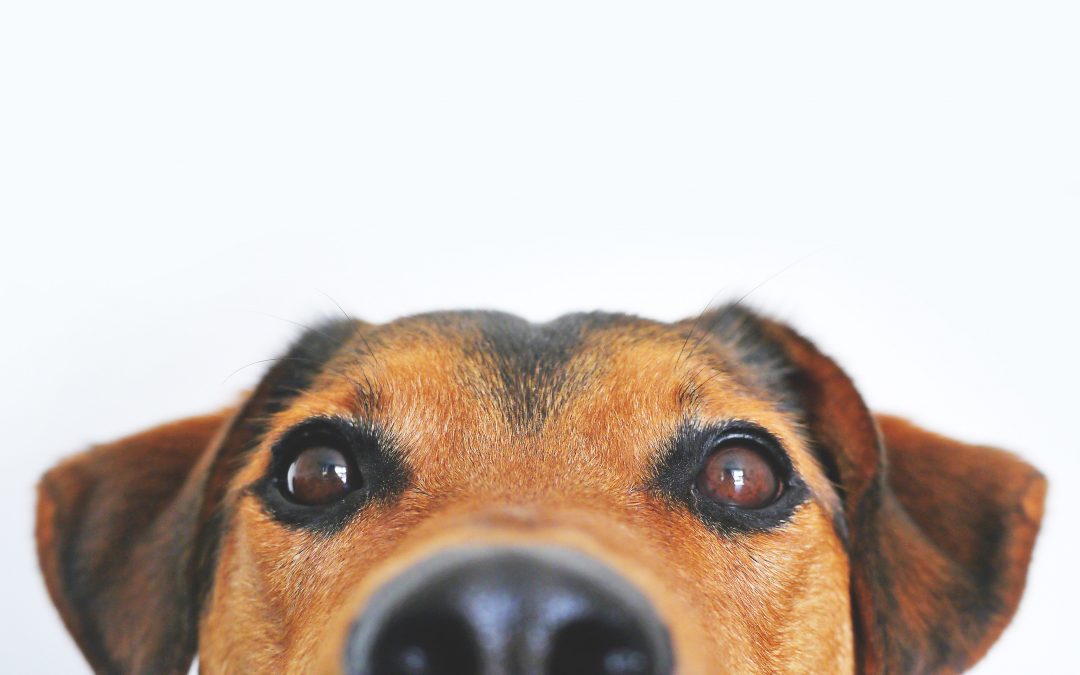
13 YEARS in Business!
Nature Calls Pet Sitting is proud to have served our community for over 13 years. We thank you for remembering us, time and time again.

Nature Calls Pet Sitting is proud to have served our community for over 13 years. We thank you for remembering us, time and time again.

As a larger and larger proportion of our population lead more sedentary lifestyles, we are seeing a significant increase in the number of obese cats and dogs. This has become the most common cause of reduced quality of life and longevity in pets in the United States. Problems associated with obesity include heart disease, breathing problems, back problems as well as arthritis, pancreatitis and diabetes. This can be a very difficult topic to discuss as in many cases the pet owners struggle with the same problem. The really good news is that, in almost every situation, weight control in pets with a willing pet owner can be very successful. Prevention is best. Preventing obesity when cats and dogs are young and healthy is much easier than attempting to have an older, obese pet lose weight. Routine exercise and feeding the appropriate amounts of a good quality, meat based food is ideal.
Controlling weight in the dog is very similar as it is for their owners. In order to lose weight we need to take in fewer calories than we burn off. For dogs the type of food is not as important as the amount of food. It is a simple equation of lowering the amount of calories ingested, increasing the amount of exercise to use up calories, or hopefully a combination of the two. Using a light or higher fiber food can help, but rarely controls weight just by switching foods. There are many ways to get your pets more active. Almost all dogs love to go for a brisk walk. If walking is difficult for some people there are now many off leash dog parks in many cities.
Cats are a completely different story. Cats are obligate carnivores. This means the majority of their calories must come from meat. Most grocery store or discount store dry food is too high in carbohydrates for cats which can lead to urinary tract problems, obesity and diabetes. In recent years it has been discovered that by feeding canned foods or high quality, high protein low or no grain dry foods the above problems can be prevented or reversed. For decades treating a cat with diabetes was very frustrating. They were started on insulin injections for the rest of their lives and in many cases regulating their blood sugar was a roller coaster. Several years ago, somewhat by accident, it was discovered that newly diabetic cats placed on high protein low carbohydrate canned diets would often no longer need insulin. We are now recommending that every cat eat some canned food and a high protein low or no grain dry food starting as soon as we can get the information to the pet owner. This is a huge change as for a long time we were telling cat owners to feed dry foods because they were better for their teeth. Exercise for cats is a little more challenging, but many cats enjoy chasing a laser light, fishing pole type toys or playing soccer with shiny balls or foil type toys.
Prior to attempting a weight loss program for your pets, it is important to have a complete physical examination and a comprehensive lab test screening including a complete blood count, blood chemistry, thyroid check and a urinalysis. There are several diseases like hypothyroidism and Cushings disease that can make it nearly impossible to create healthy weight loss. At the exam your veterinarian will assess body condition score and estimate an ideal body weight. Based on your pet’s overall health and condition a diet and exercise program can be created. It is very important to follow up with at least monthly weight checks to assure that the weight loss program is working. Adjustments in the amount of food and activity can then be made based on the weight change. By changing a few simple things in our pets lives every day we will be able to cherish them in our lives for a much longer time.
Written by Pet Sitters Associates LLC

Degenerative joint disease (DJD) is the most common cause of chronic pain in dogs and cats. The symptoms of DJD are lameness, stiffness upon rising or lying down and reduced activity. DJD results from long term strain on the joint from injury, poor confirmation, overuse, and obesity. Chronic pain in the joint causes a downward spiral because the pet is less active which leads to gaining weight and losing muscle mass causing further strain on the already diseased joint thus accelerating its deterioration.
Surgery may help in certain situations, but in most cases the degeneration of the joint cannot be reversed, so treatment concentrates on reducing discomfort and slowing the progression of the disease. This requires a multimodal approach of anti-inflammatory medicine, nutritional supplements, weight loss and therapy.
The most important thing a pet owner can do to prevent or reduce the effects of degenerative joint disease is to keep a pet lean. It has been found that even pets with poor conformation in their joints have significantly less degeneration in their joints if they are not allowed to become overweight.
Neutraceuticals are nutritional supplements with medicinal properties. These supplements include glucosamine chondroitin, fatty acids from fish oil, MSM and antioxidants. These products are slow acting taking weeks to months to improve function and prevent degeneration of the joint cartilage. The main function is to provide building blocks for joint cartilage, increase lubrication, and reduce free radicals which are a major factor in the breakdown of healthy tissues. They are best used in combination with non-steroidal anti-inflammatory medications (NSAIDS).
NSAIDS suppress enzymes important in inflammation thus reducing pain and damage to joints. They are very fast acting improving comfort within hours of the first dose. NSAIDS available for dogs include medicines like Rimadyl, Deramaxx, Previcoxx, Etogesic, Metacam, and Zubrin. They can be used occasionally as needed for pain after exercise or on bad days, or for dogs with more severe arthritis can be used daily long term. It is necessary to perform blood testing to assess liver and kidney function prior to and every 6 months during long term use of these medicines. I am asked often if human medicines can be used for pain in their pets. Dogs and especially cats are deficient in the enzymes necessary to metabolize most human NSAID medications. For this reason, it is much better to use those products made specifically for pets as they are safer and more effective. For example, one regular strength Tylenol can be fatal to a cat. Metacam is the only NSAID appropriate for long term use in cats and only with dosing modification.
Corticosteroids like prednisone or dexamethasone are excellent anti-inflammatories, but are rarely used for arthritis due to significant long term side effects. The exception is that cats do tolerate cortisones very well, and occasionally I will use them for arthritis in cats especially if they have kidney issues as they age.
Exercise is extremely helpful in helping to keep an arthritic joint more limber, better muscled and keeping the pet in better overall health. Multiple short walks are superior to one long walk daily as the longer a pet is inactive, the stiffer they become. Also by overdoing exercise by walking too far makes the joints more sore and then the pet is reluctant to walk the next time. Rehabilative therapy has recently been introduced to veterinary medicine. This includes working with a certified veterinary rehabilitation therapist and includes flexion and extension exercise, massage, and reduced weight bearing exercise like swimming or walking on a water treadmill.
A multimodal approach to treating degenerative joint disease is the best way to tackle this very common cause of pain in dogs and cats. It is best to consult with a veterinarian to come up with the best plan including medicines, diets, supplements, and exercise programs to assure the best chance of safety and effectiveness. Not that many years ago, when an older pet was slowing down, it was thought that it was an inevitable sign of aging. It is exciting and extremely rewarding to see our pets living longer, healthier, and more active lives than ever before.
Written by Pet Sitters Associates, LLC

I spend a large portion every day talking to pet owners about what to feed their dog or cat to maintain an ideal weight and to keep them healthy. On occasion I also have the opportunity when discussing what the pet eats to talk about what not to feed them. With this in mind, I felt the best way to bring attention to these things was to come up with a list of 10 foods not to feed your dog or cat.
Many of the foods listed can be used occasionally or as part of a balanced diet, but if not using a commercially prepared diet consult your veterinarian or an animal nutritionist.
Written by Pet Sitters Associates LLC

Thanks for visiting. Take a look around and call or email if you have any questions. We’d love to hear from you.